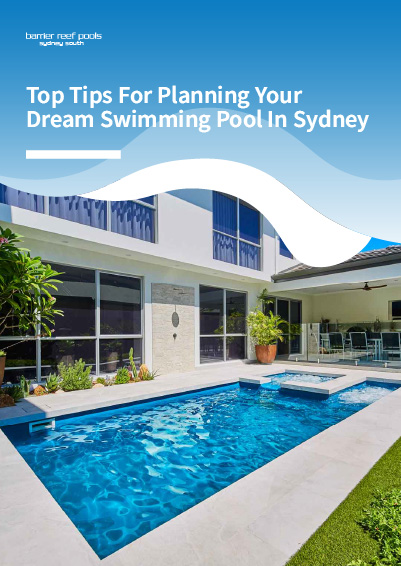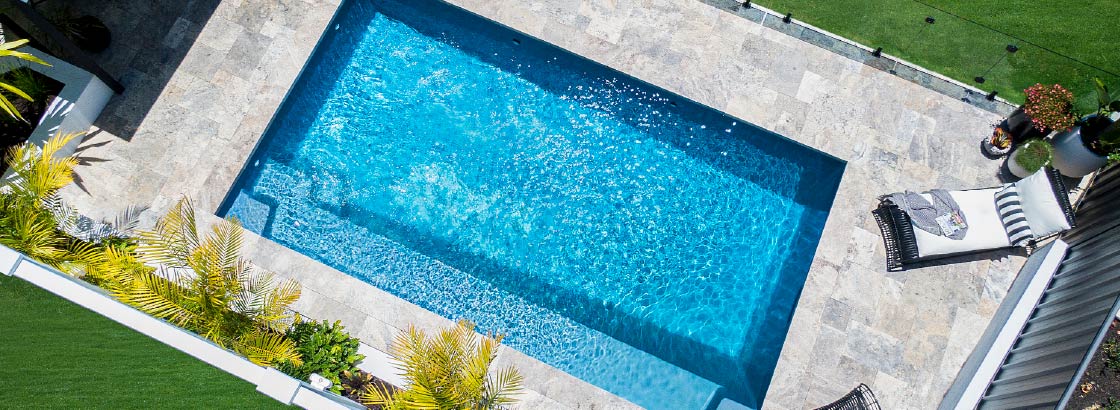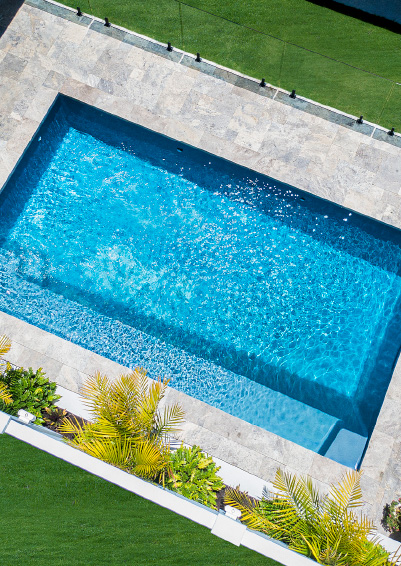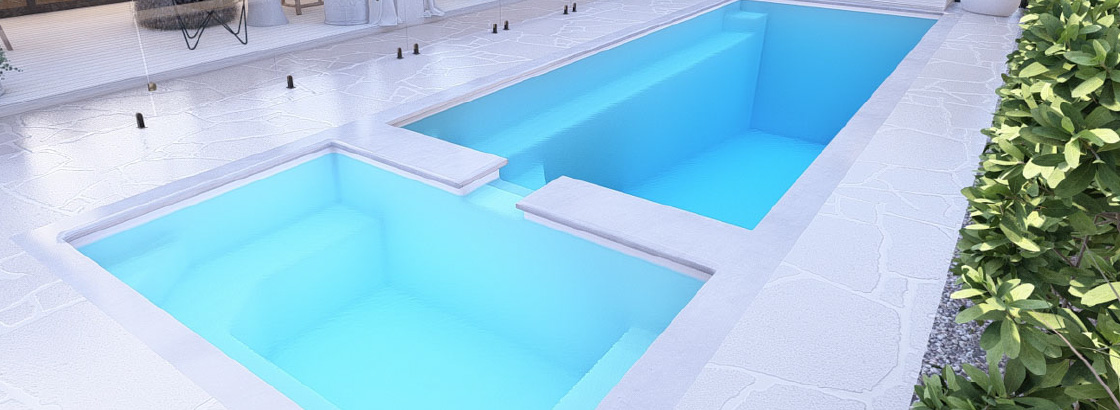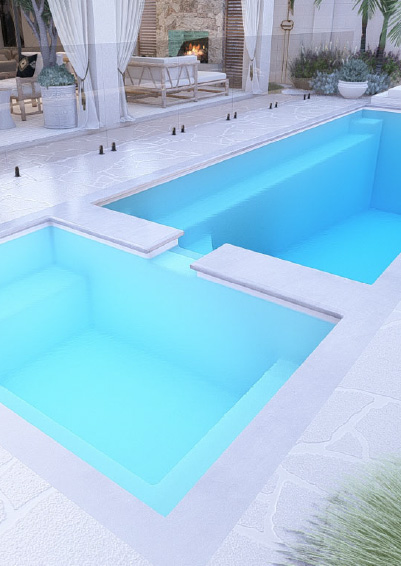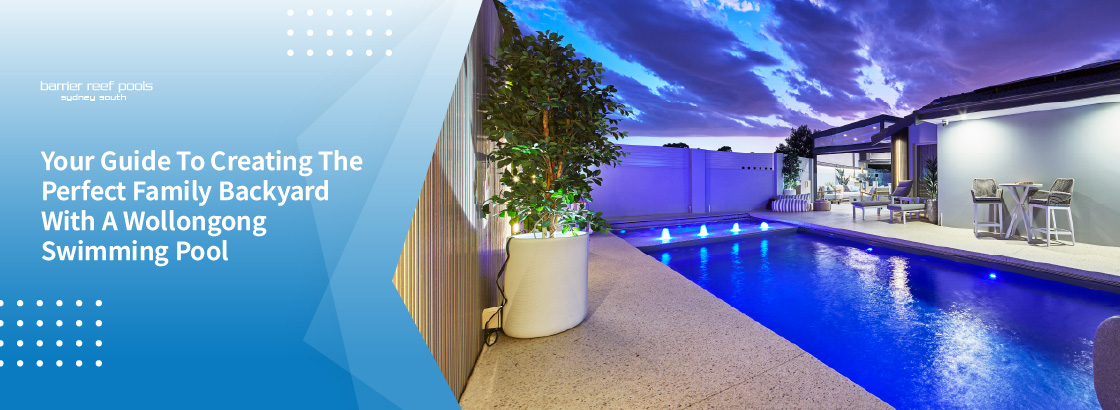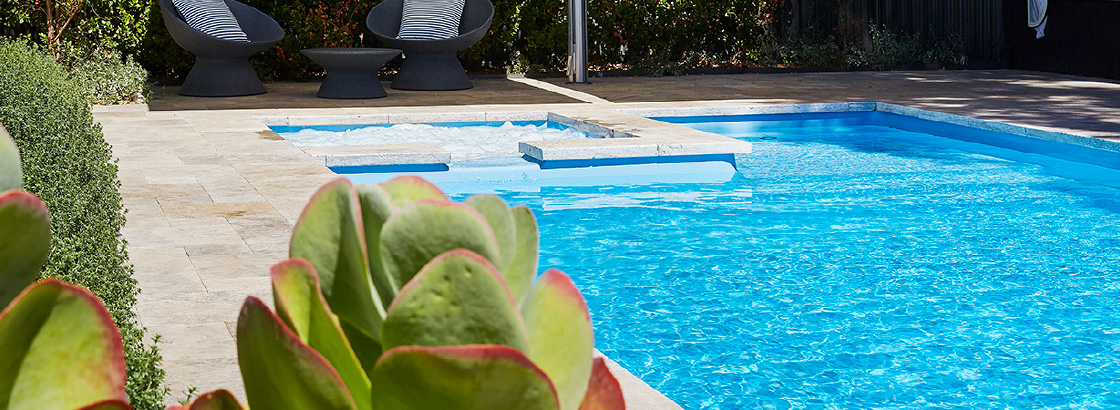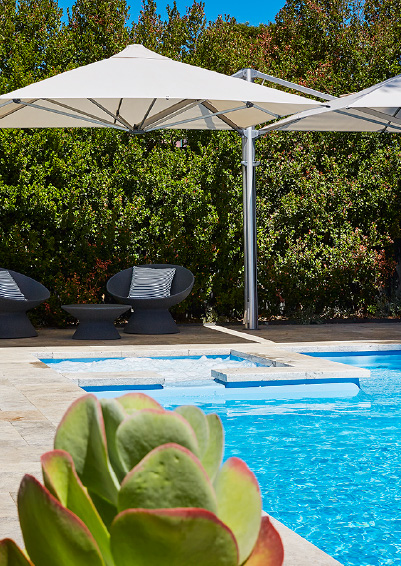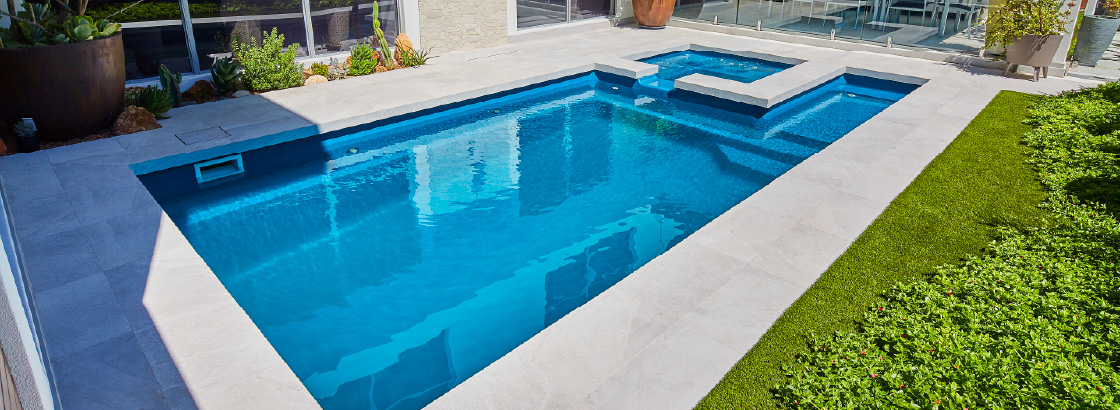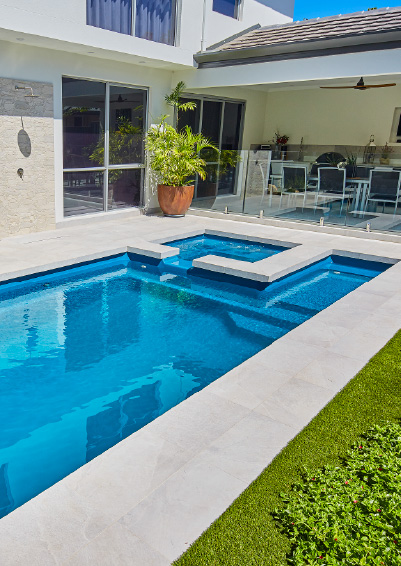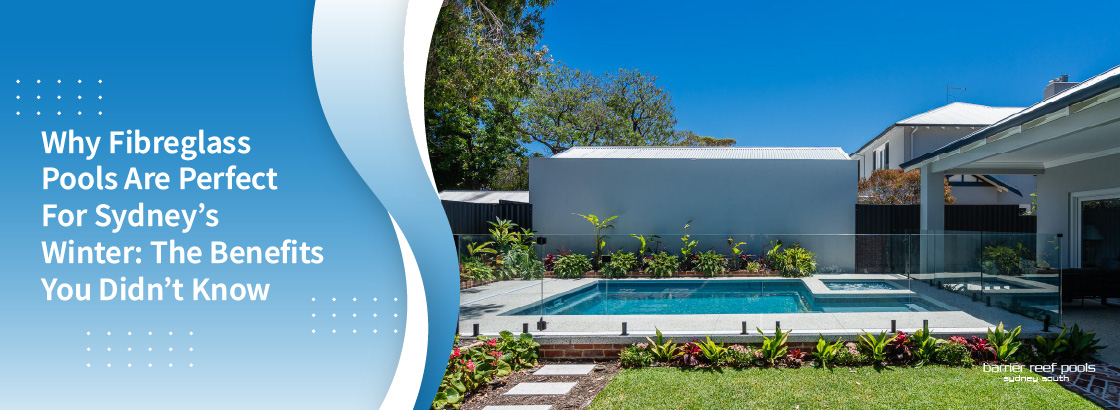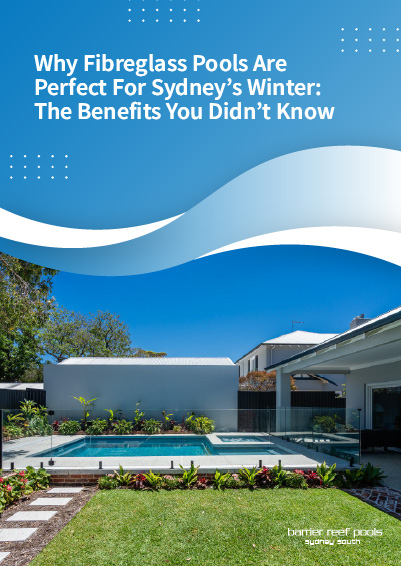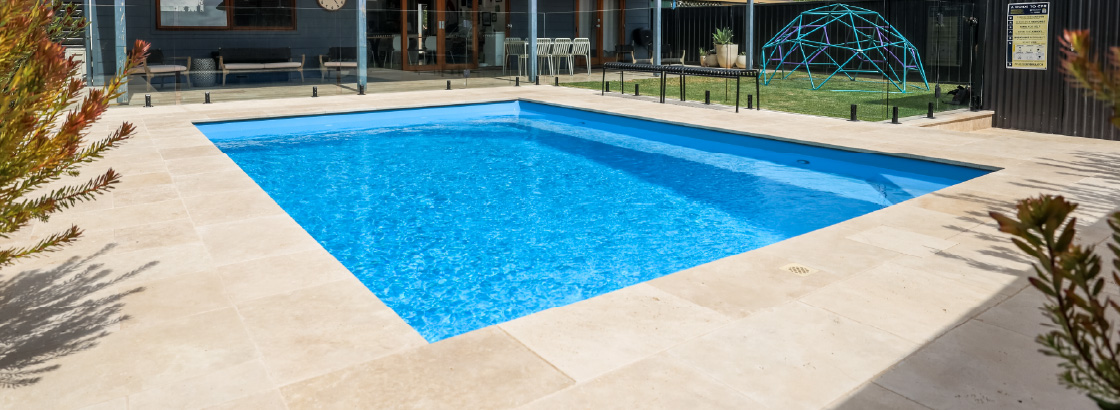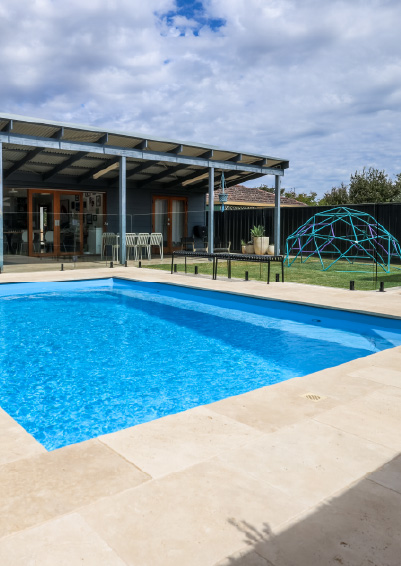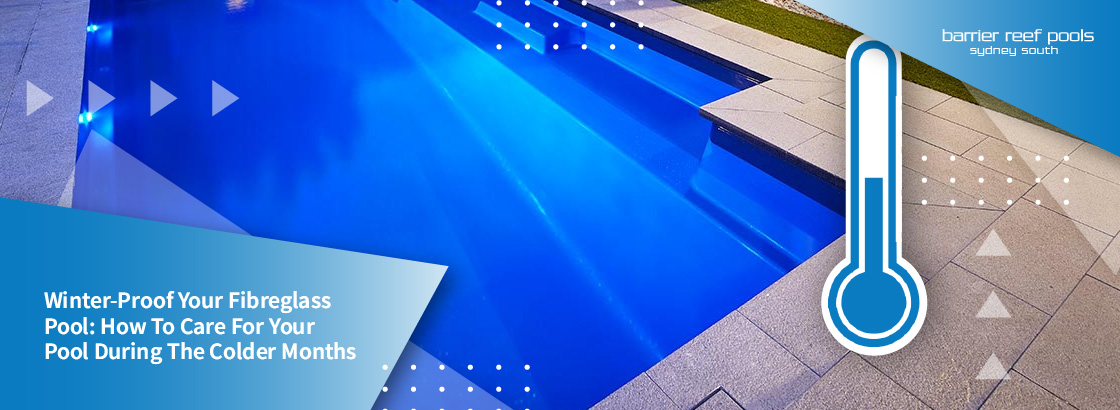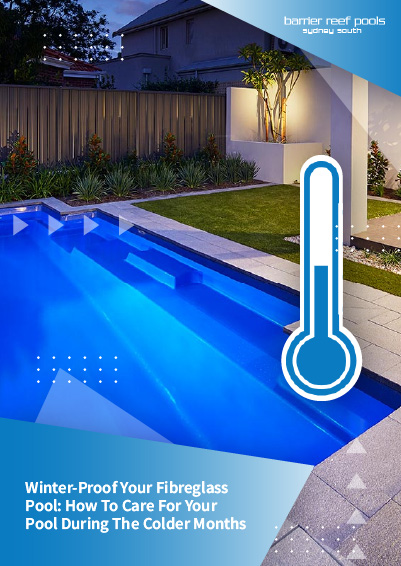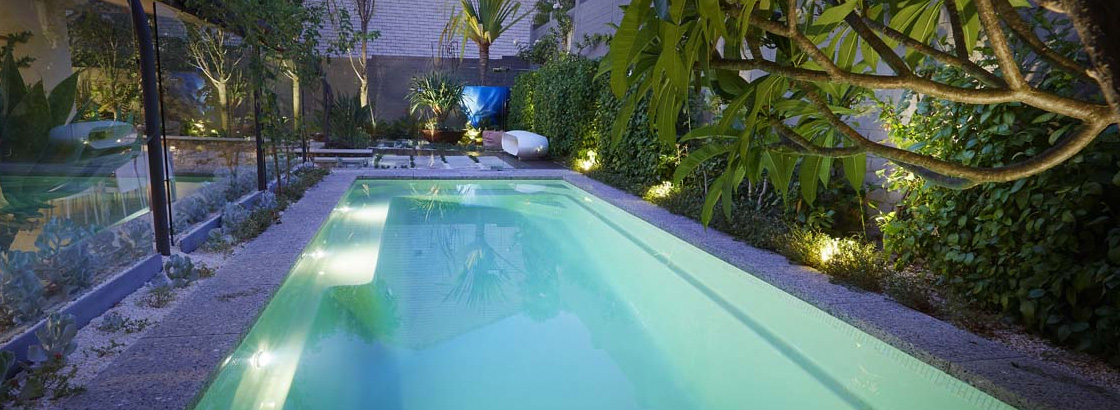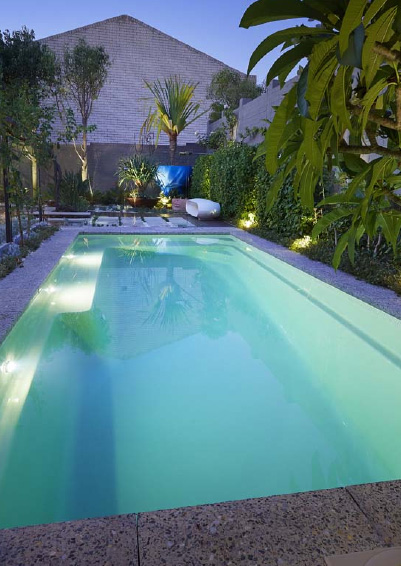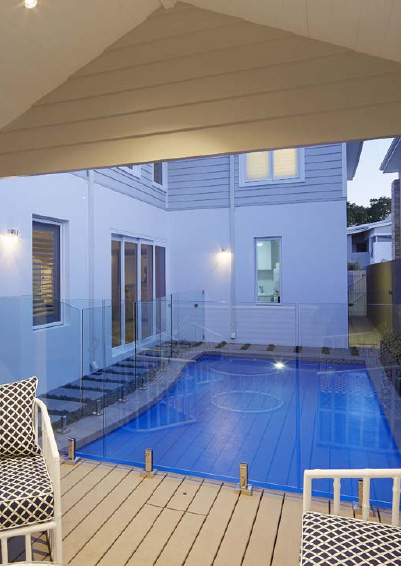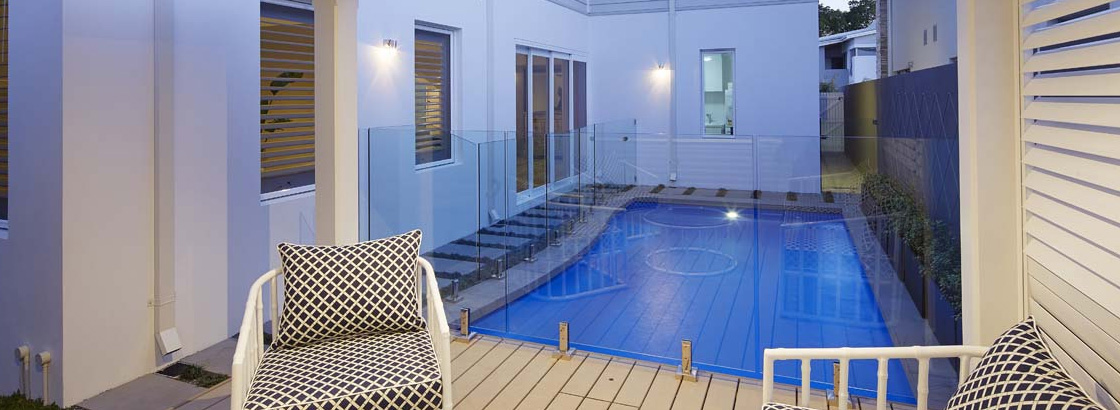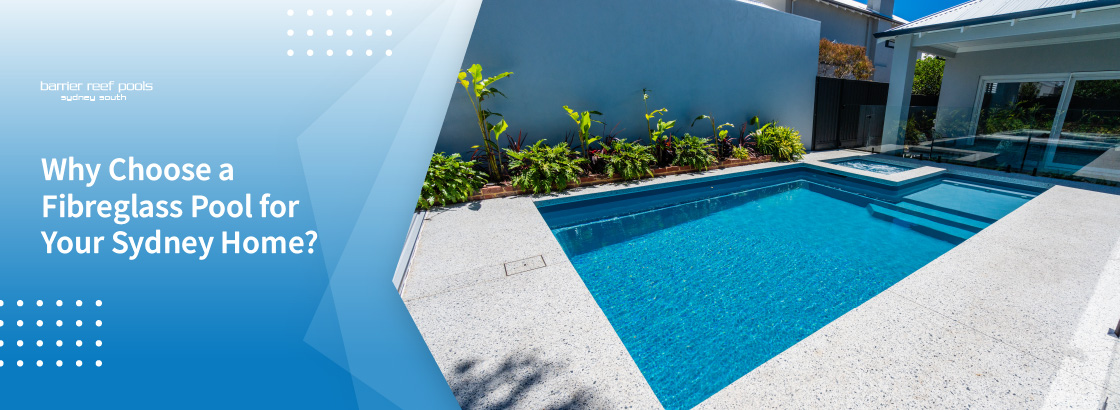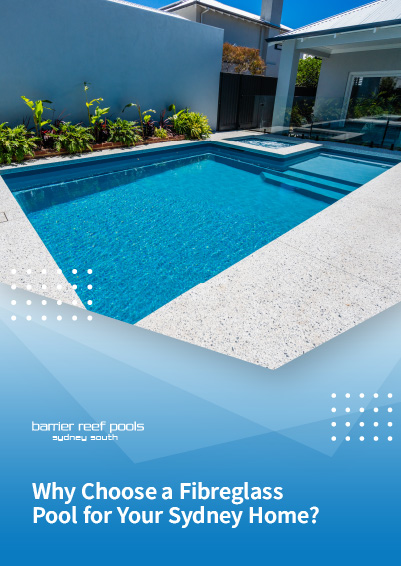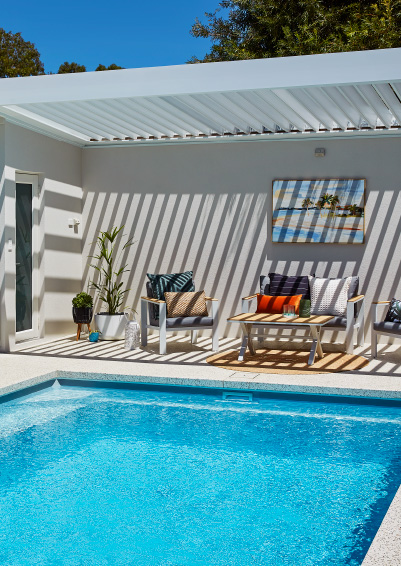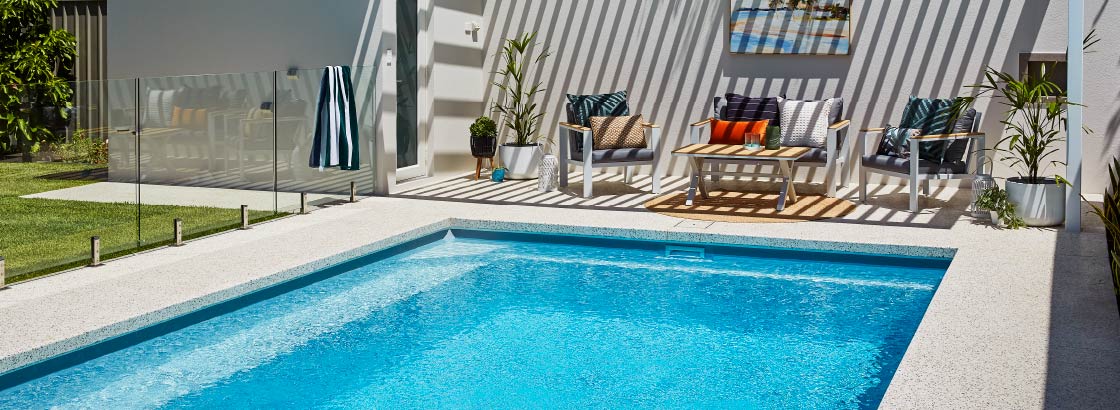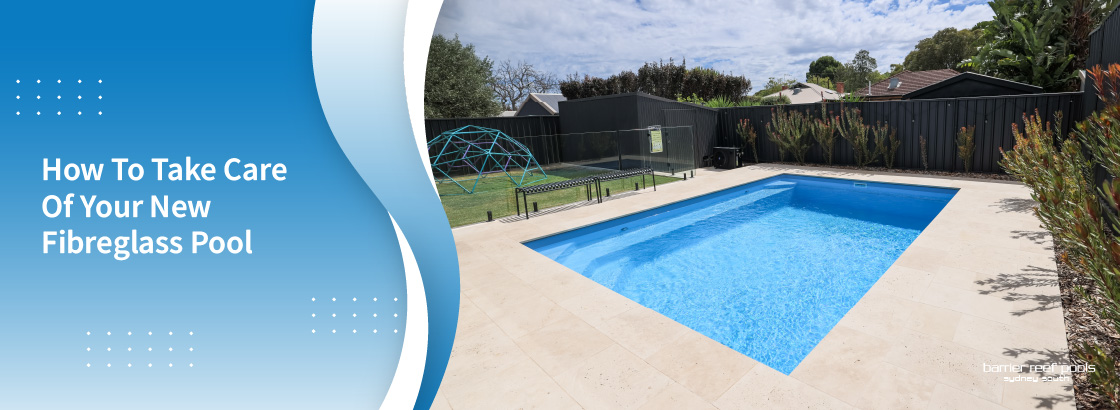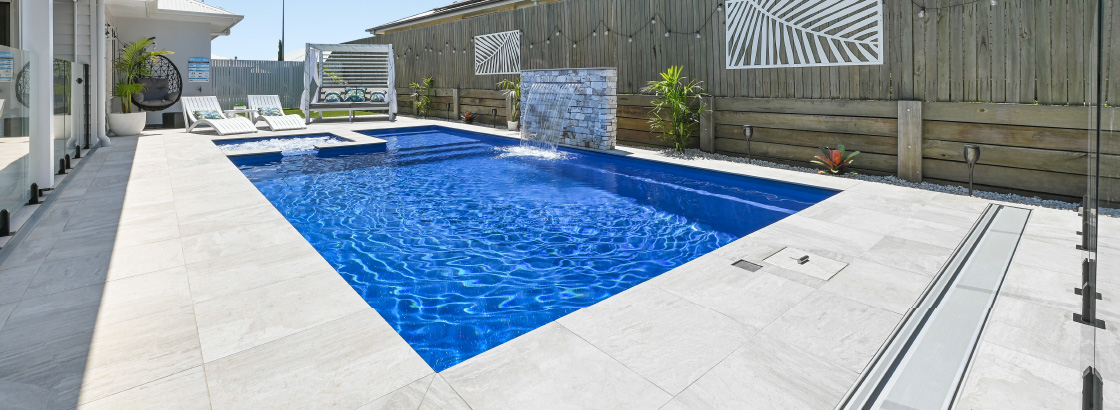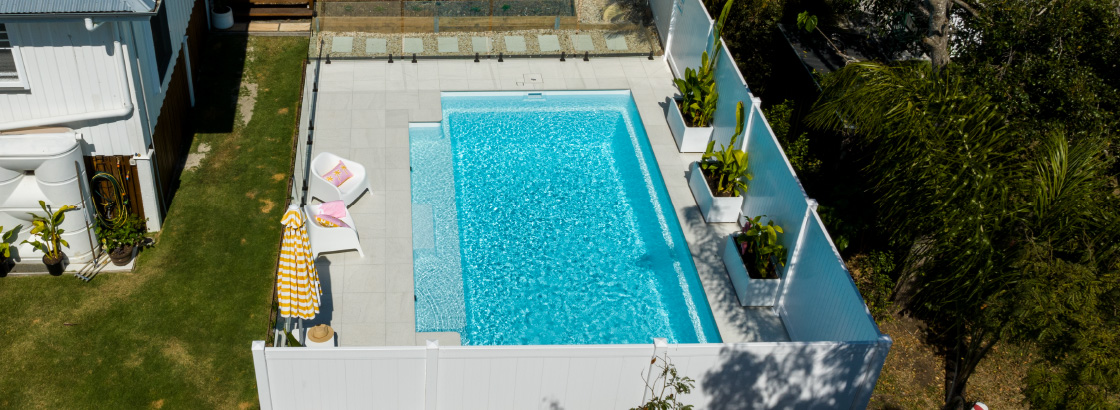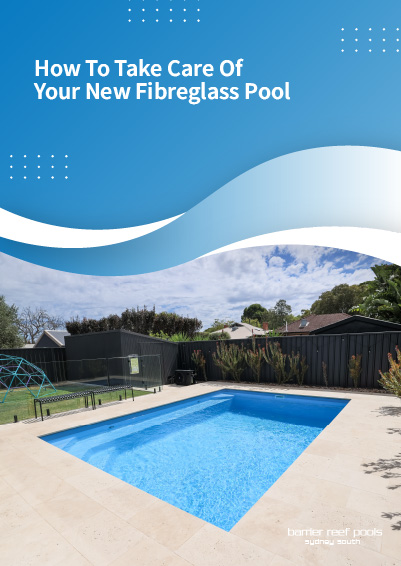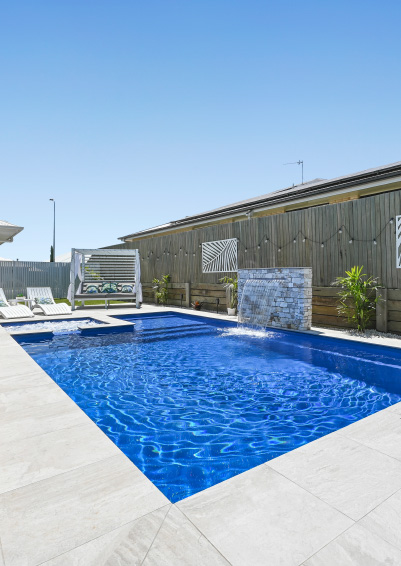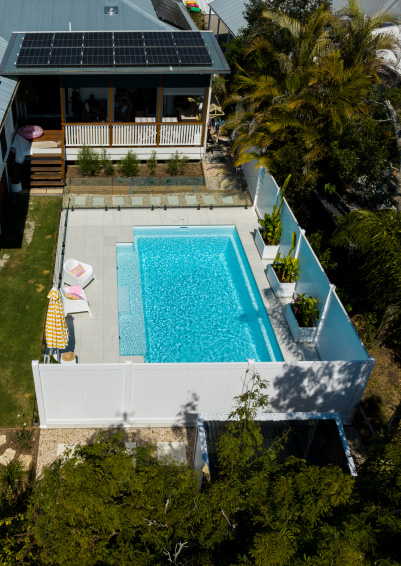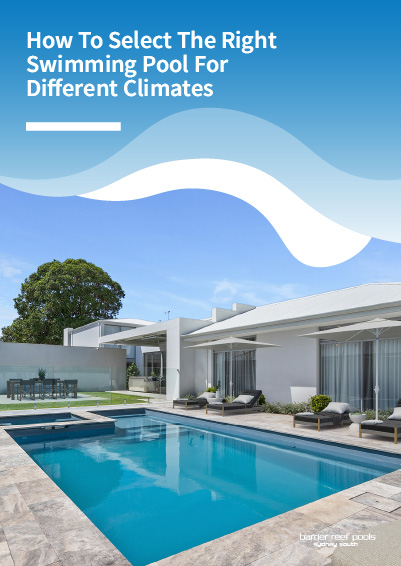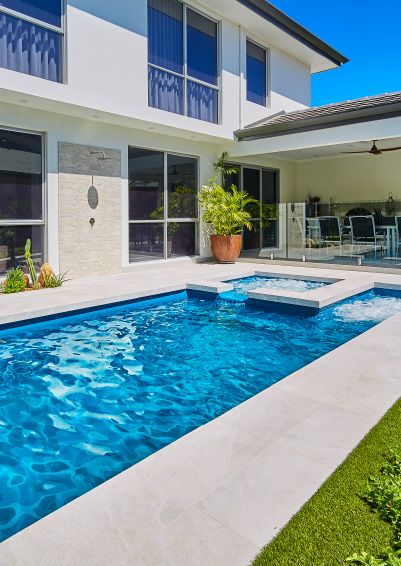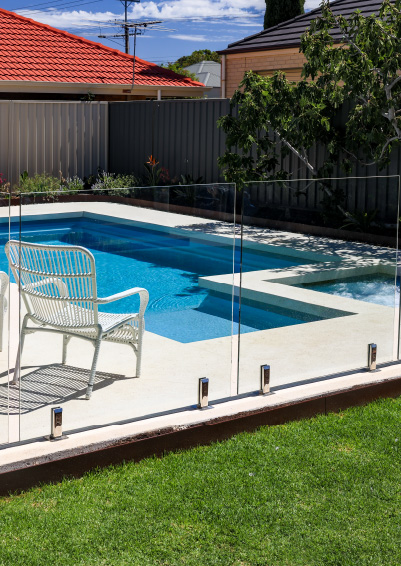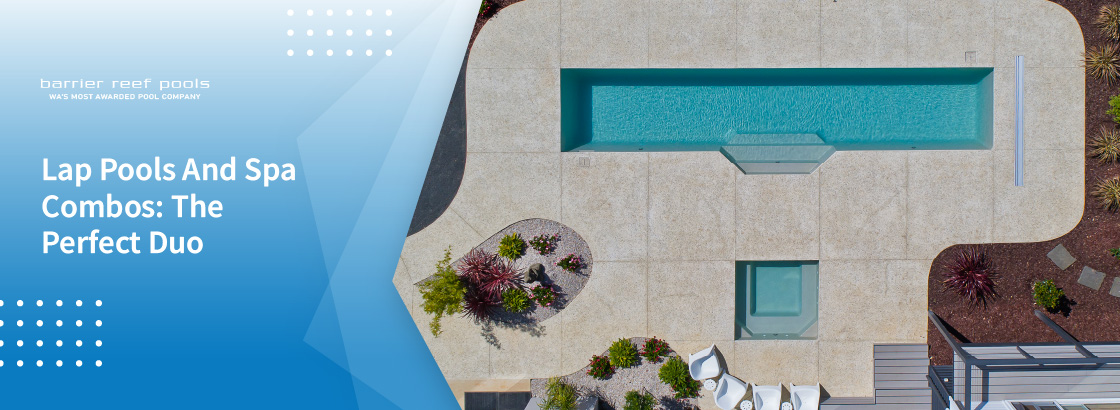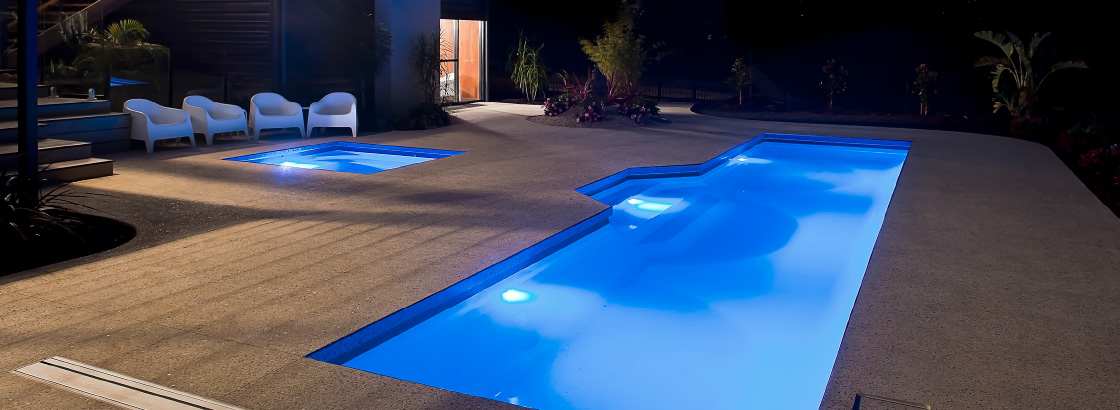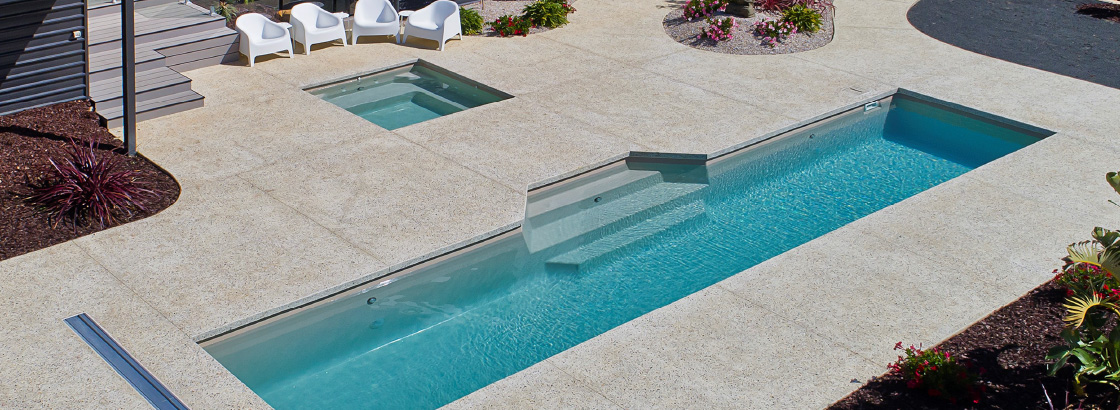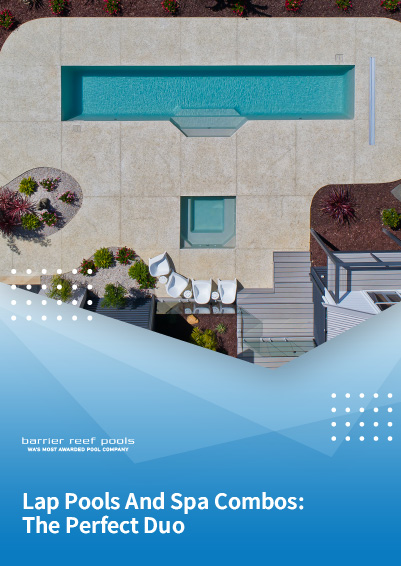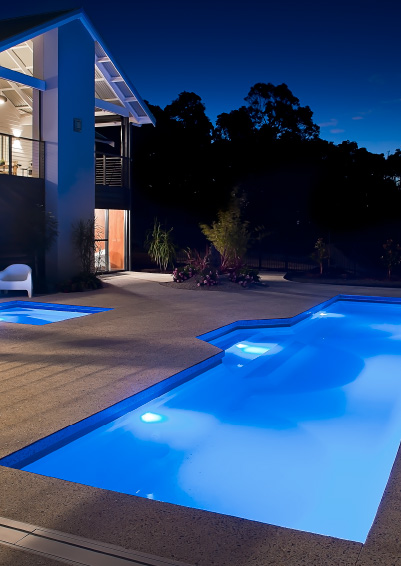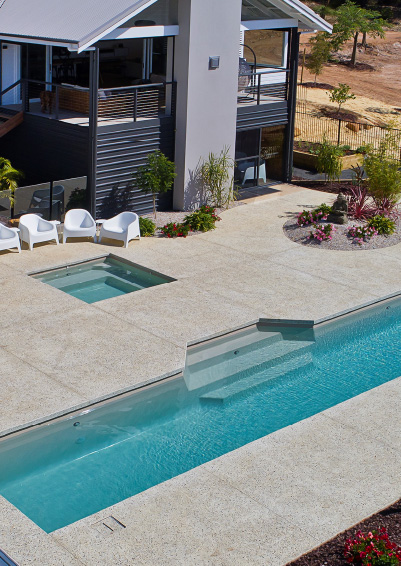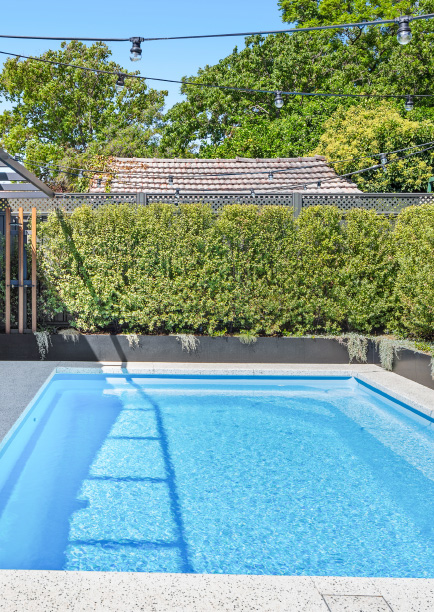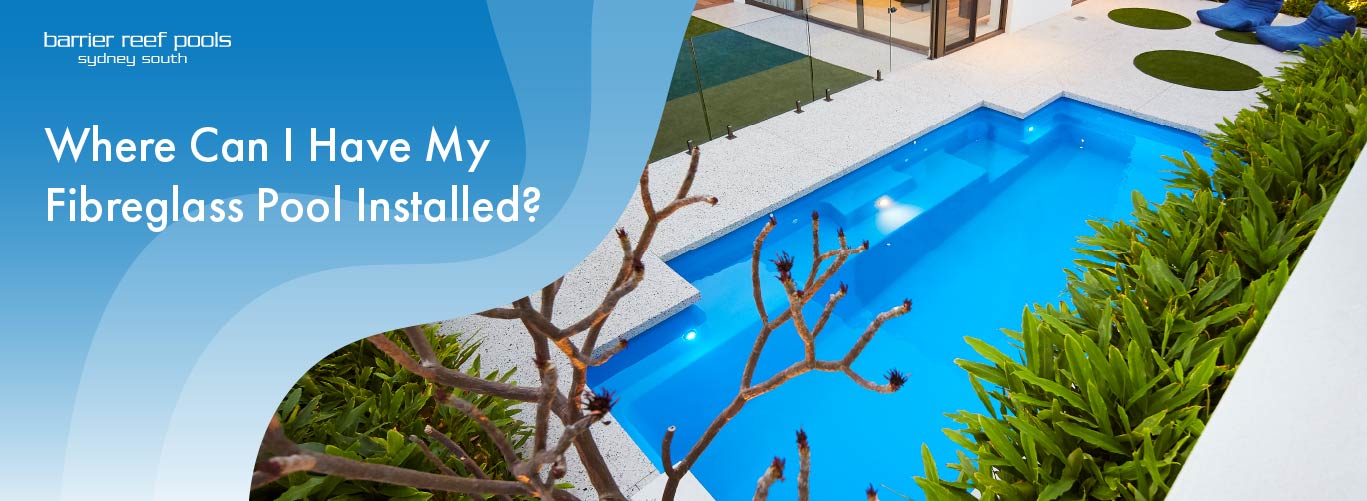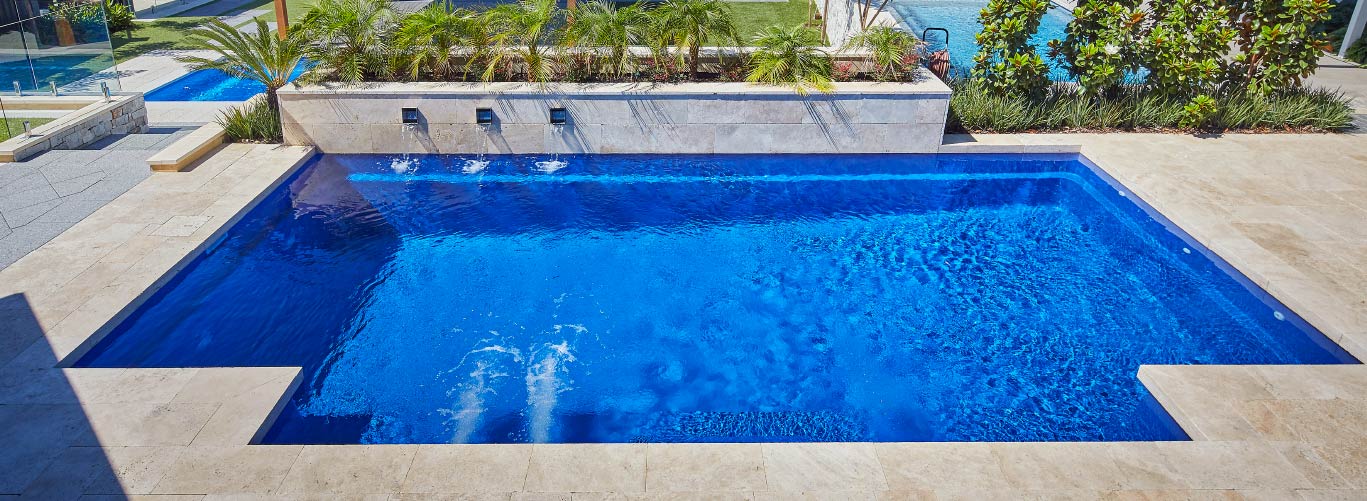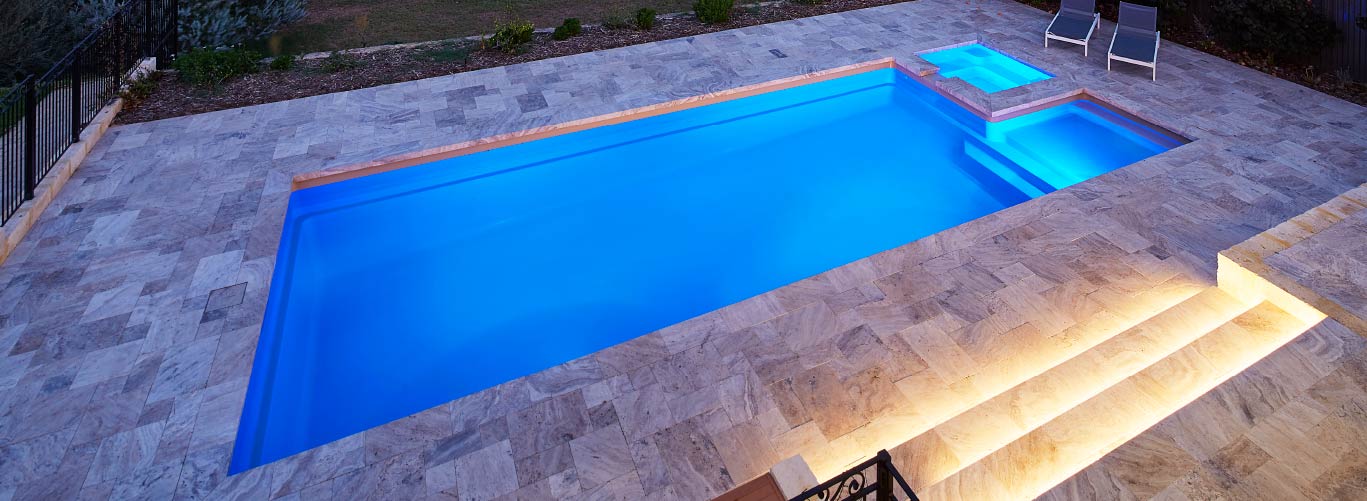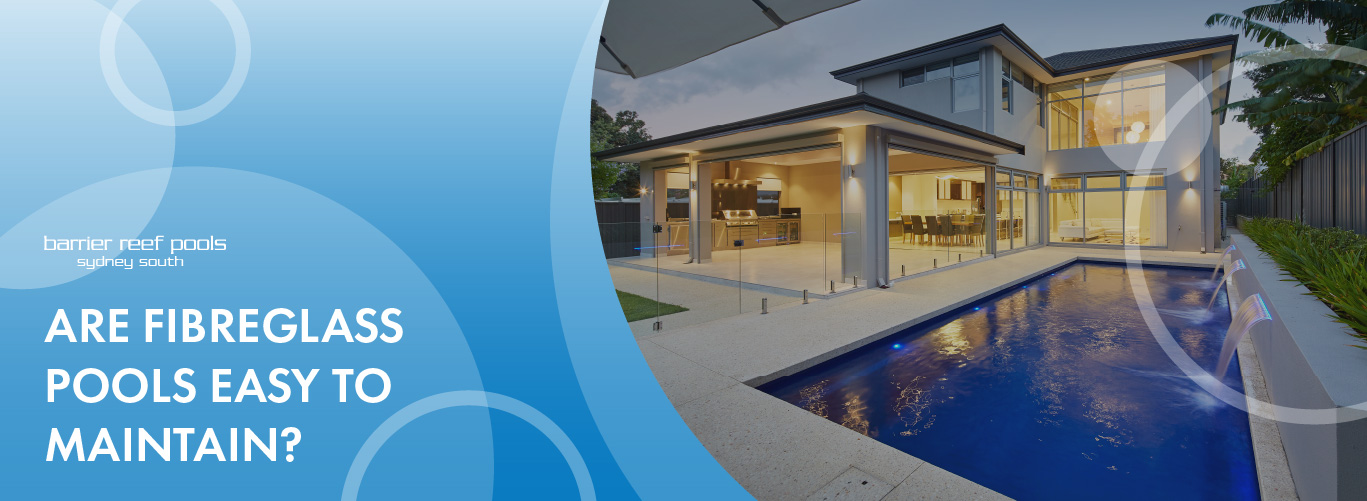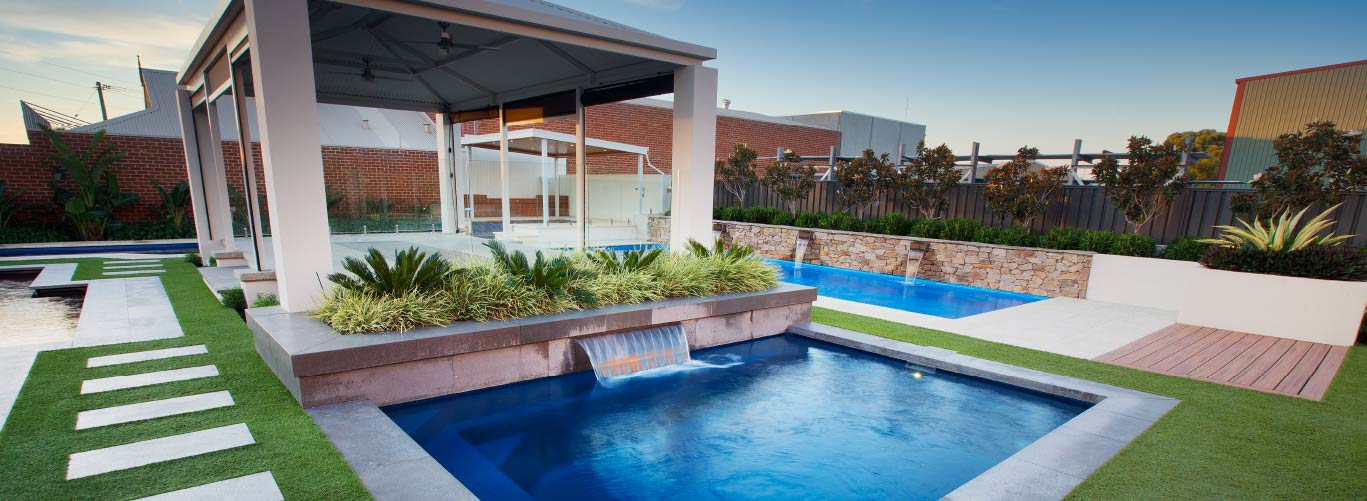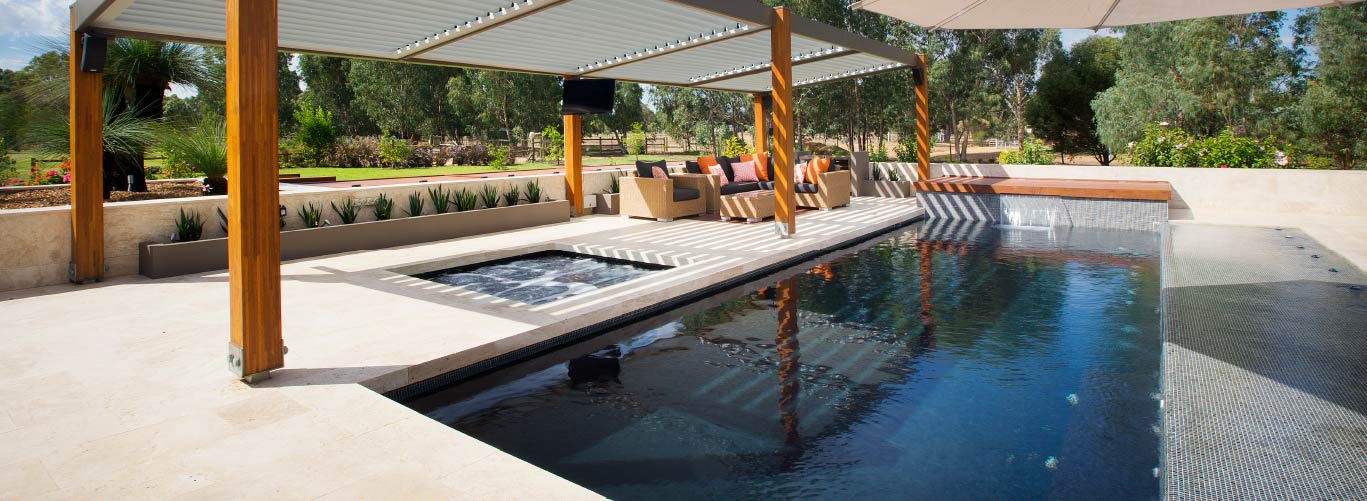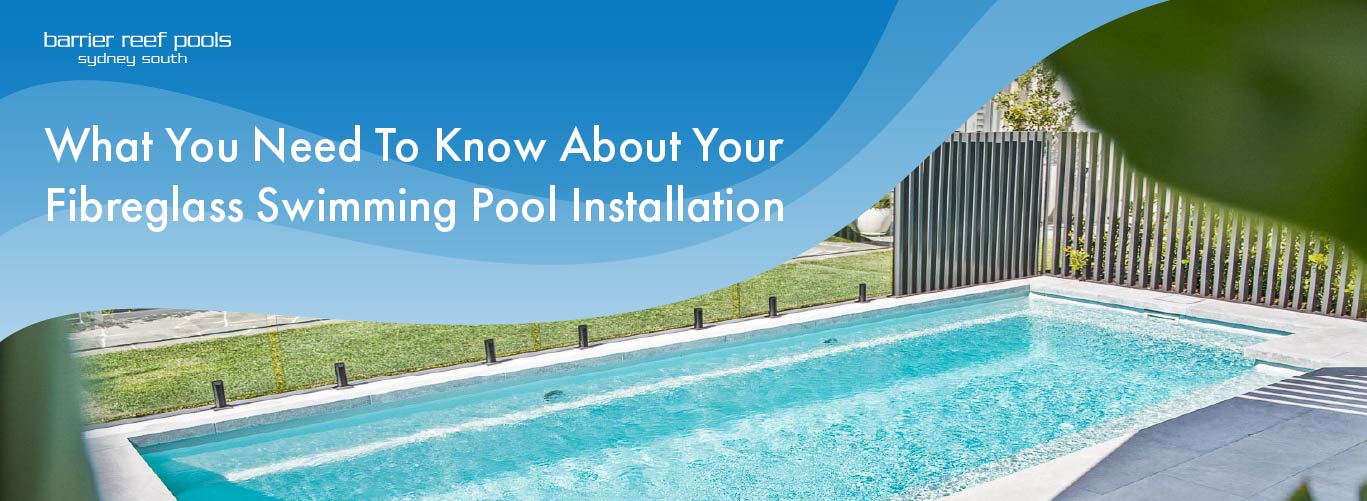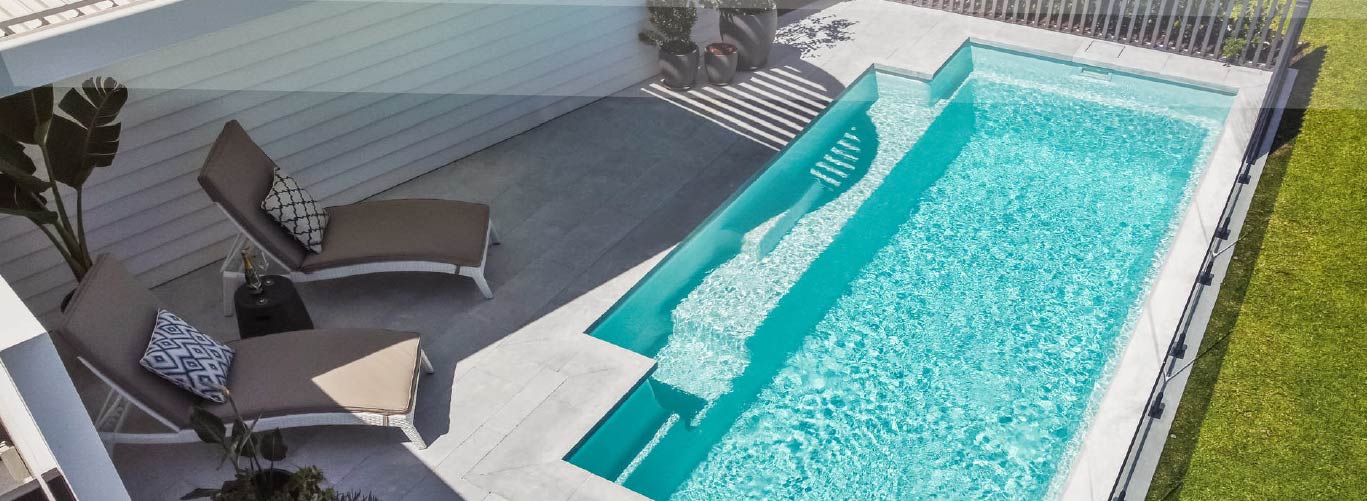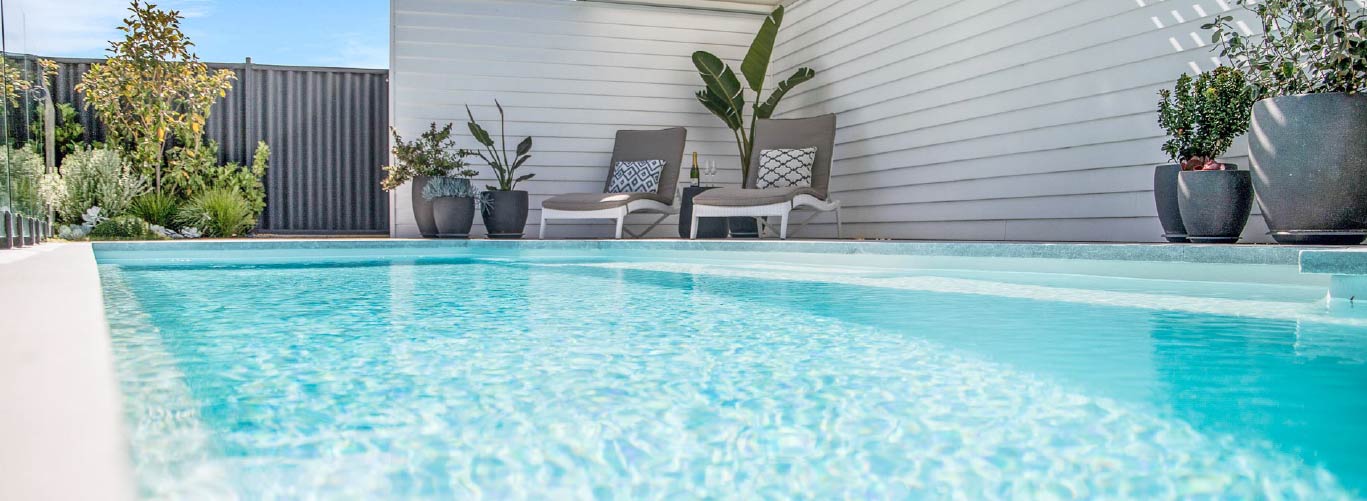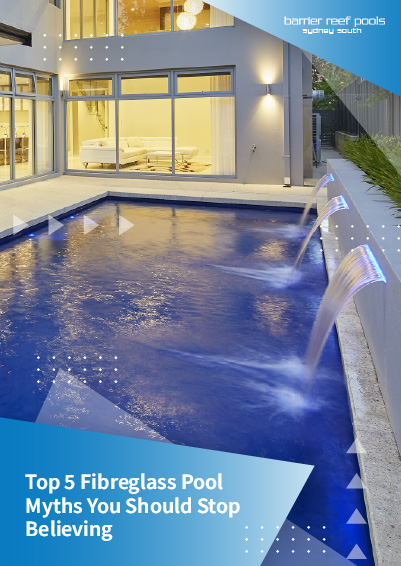
Top 5 Fibreglass Pool Myths You Should Stop Believing
Fibreglass pools are a popular choice for Australian homeowners, offering low maintenance, durability, and a sleek appearance. Despite their growing popularity, several myths persist that can mislead potential buyers. In this article, we’ll debunk the top five fibreglass pool myths, helping you make an informed decision about installing a pool that suits your lifestyle.
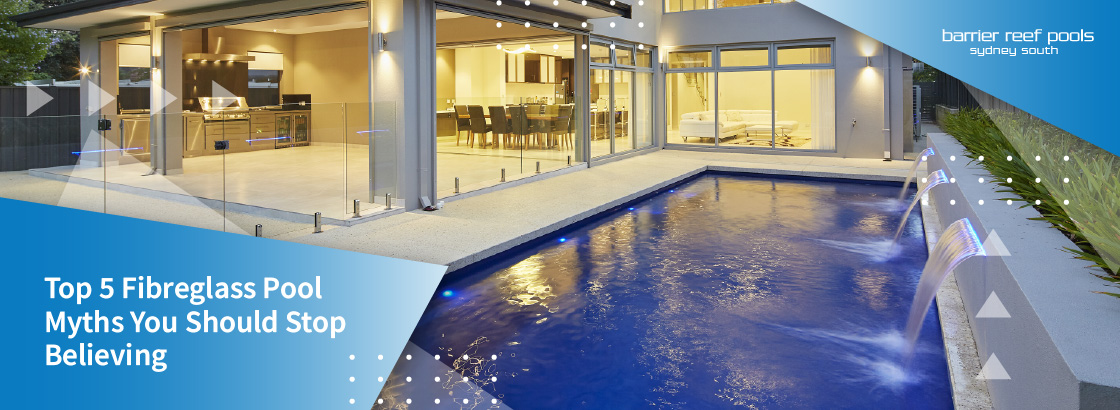
Myth 1: Fibreglass Pools Are Expensive
Many people assume fibreglass pools are more expensive than other types of pools, such as concrete or vinyl. While the initial price may sometimes be higher, fibreglass pools often save money in the long term due to:
- Lower maintenance costs: Smooth surfaces prevent algae growth and reduce cleaning needs.
- Fewer chemicals: Fibreglass pools require fewer chemicals than concrete pools to maintain water quality.
- Durability: Resistant to cracking and staining, which reduces repair costs over time.
Investing in a fibreglass pool can ultimately be more cost-effective than other options when factoring in ongoing maintenance and repairs. Additionally, because fibreglass pools are pre-manufactured, installation is quicker, reducing labour costs compared to on-site construction of concrete pools.
Myth 2: Fibreglass Pools Are Limited in Design
Some homeowners believe fibreglass pools come only in standard shapes and sizes. In reality, modern fibreglass pools are available in a wide variety of designs:
- Diverse Shapes Available: Rectangular, freeform, and kidney-shaped.
- Built-In Features: Like steps, benches, and swim-outs.
- Multiple Depth Zones: Including tanning ledges and deep ends
Customisable finishes and colours also allow homeowners to match their pool to their outdoor space, giving the same level of design flexibility as concrete pools. Additionally, new modular designs mean that even large or uniquely shaped backyards can accommodate a fibreglass pool without sacrificing style.
Myth 3: Fibreglass Pools Don’t Last Long
Another common misconception is that fibreglass pools have a short lifespan. On the contrary, fibreglass pools are highly durable and long-lasting when installed and maintained correctly
- Flexible Material: Can withstand soil movement, reducing the risk of cracks.
- Strong Gel Coat: Surfaces resist UV damage, stains, and minor abrasions.
- 20-30 Year Lifespan: Often longer with proper care.
In comparison, concrete pools may require resurfacing every 10–15 years, and vinyl liners typically need replacing every 7–10 years. Fibreglass pools offer the advantage of longevity with lower ongoing costs and fewer disruptions.
Myth 4: Fibreglass Pools Are Difficult to Repair
Some homeowners worry that fibreglass pools are difficult or costly to repair. In fact, repairs are generally straightforward:
- Minor scratches and gel coat damage can be polished or patched.
- Professional repair kits allow for efficient restoration of colour and surface smoothness.
- Structural issues are rare due to the pool’s flexible design.
Compared to concrete pools, which often require expensive resurfacing or crack repairs, fibreglass pools are easier and more affordable to maintain over time. With regular inspections, minor damage can be addressed promptly to maintain both appearance and functionality.
Myth 5: Fibreglass Pools Are Cold and Uncomfortable
A final myth is that fibreglass pools are cold or uncomfortable to swim in. Modern fibreglass pools are designed with comfort and usability in mind:
- Smooth gel coat surfaces feel pleasant underfoot.
- Pools can be heated efficiently, allowing year-round swimming.
- Built-in ledges, benches, and steps create comfortable lounging areas.
Homeowners can enjoy a relaxing swimming experience without worrying about rough surfaces or uneven temperatures. Moreover, fibreglass pools retain heat better than concrete, making them more energy-efficient when paired with a pool heater or solar heating system.
Comparing Fibreglass Pools to Other Options
Understanding how fibreglass pools compare to other types helps dispel lingering misconceptions:
Concrete Pools
- Highly customisable in shape and size
- Require extensive maintenance and resurfacing
- More prone to algae growth due to rougher surfaces
Vinyl Pools
- Lower initial cost
- Liners wear out over time and need replacement
- Less durable and flexible compared to fibreglass
Installation Considerations
Even though fibreglass pools are pre-manufactured, proper installation is critical to longevity:
- Site Preparation: Correct excavation, base preparation, and levelling prevent movement or sinking.
- Backfilling: Use sand or gravel to stabilise the pool shell and avoid air pockets.
- Plumbing and Filtration: Properly installed systems reduce wear and tear on the pool.
- Expert Installation: Choosing an experienced provider ensures compliance with local regulations and best practices.
Working with a trusted provider guarantees a smooth installation process and maximises your pool’s lifespan.
Seasonal Care Tips
Even low-maintenance fibreglass pools require seasonal attention:
- Summer: Monitor water chemistry and top up evaporation regularly.
- Winter: Maintain chemical balance, cover the pool if not in use, and check for debris accumulation.
- After Storms: Inspect for damage or debris and adjust filtration as needed.
Regular seasonal care helps prevent long-term issues and maintains water clarity and hygiene.
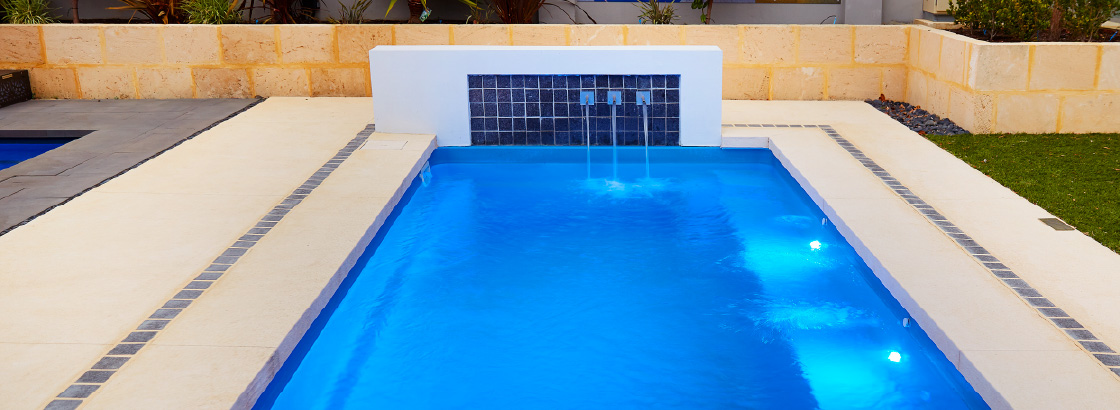
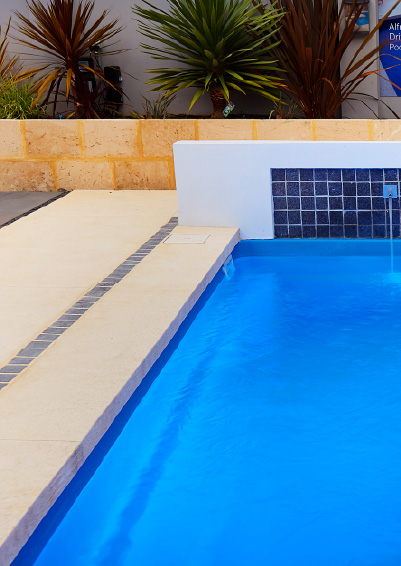
Choosing the Right Fibreglass Pool Provider
Selecting a reputable provider is crucial to getting the most out of your pool:
- Look for a company with experience in local soil and climate conditions.
- Ask about installation processes, warranties, and aftercare services.
- Check for customer reviews and completed projects to ensure quality.
A professional provider ensures your pool is installed correctly, maximising durability and enjoyment while avoiding common issues that may arise from inexperienced installation.
Maintenance Tips for Longevity
Even though fibreglass pools are low maintenance, some care is required to keep them in top condition:
- Test water regularly to maintain balanced chemistry.
- Clean debris from the pool surface using a skimmer or pool vacuum.
- Inspect for minor scratches and address them promptly.
- Ensure pool filters and pumps are serviced according to manufacturer recommendations.
Following these steps will help your fibreglass pool remain a safe, attractive, and enjoyable feature of your home for years to come.
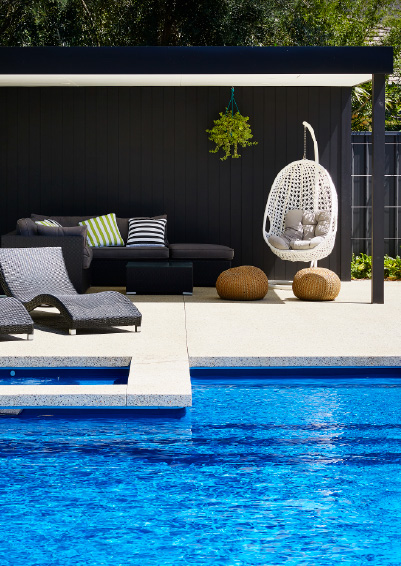
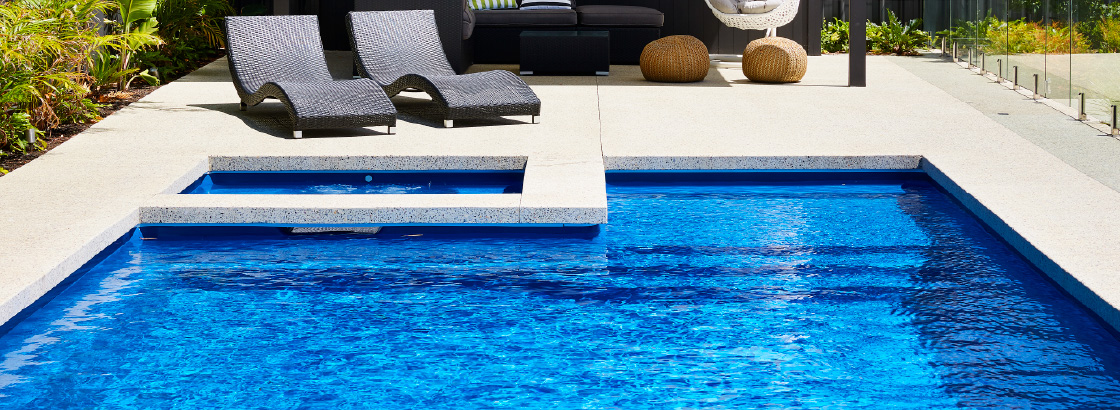
Conclusion
Fibreglass pools offer durability, low maintenance, and design flexibility, making them an excellent option for Australian homeowners. By debunking myths about cost, design limitations, longevity, repair difficulty, and comfort, it’s clear that fibreglass pools are a practical and stylish investment.
With careful installation, regular maintenance, and professional guidance, a fibreglass pool can provide decades of enjoyment, enhancing both lifestyle and property value.
Ready to enjoy a beautiful, low-maintenance pool in your backyard? Choose a trusted fibreglass pool provider to guide you through selection, installation, and ongoing care, and start creating your perfect swimming space today.


